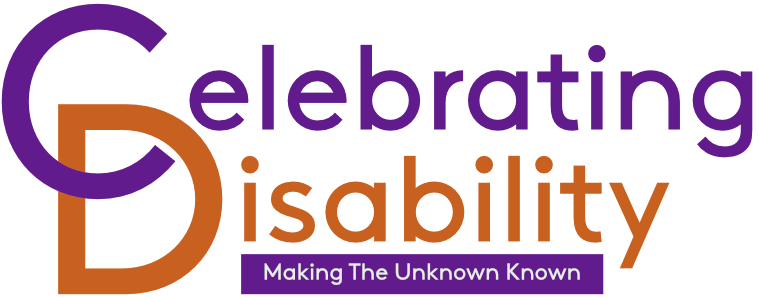Yes I know…
it’s only October and I’m already dropping the “C” word. Believe me – I’m not happy. There’s a good reason though and as December is fast approaching, the shops are beginning to stock Christmas Trees and stockings and the bars and restaurants are advertising bookings for Christmas parties, it’s a perfect time to offer you some hints and tips that will ensure your workplace party is inclusive for people in wheelchairs.
It can be all to easy to get excited and carried away with finding the perfect venue, arranging the punch, circulating, then ordering the set menu and organising Secret Santa but in all this confusion, it can be easy to forget to ensure your disabled colleagues can have the same experience as everybody else.
I have been to many Christmas parties where, although I can get in the building, I cannot get to an accessible loo (or quite often a loo at all), there has been no way to get to the bar and the table legs are so narrow that my wheelchair cannot fit comfortably under.
Now I’m not suggesting that all your venues in the past have been inappropriate but I would like to share some tips that will hopefully help you to ensure your venue is inclusive so that everyone can enjoy the festivities.
1. Physical accessibility of the venue
This might sound obvious but having an accessible venue is the most important factor. If somebody is a wheelchair user, they will need step free access into the building, around the building and to the accessible loo. I recommend that you confirm the access for yourself as a lot of venues only think of access as far as the room you are ending up in is concerned. Ensuring that there is adequate parking outside the venue is imperative, especially if the venue is of driving distance away from any public access.
2. Noise and atmosphere

Imagine a loud venue with lots of music and people. There may even be a coffee machine or cocktail shaker in the background. Then imagine that you are sitting on a chair whilst everybody around you is standing. How much can you hear? My assumption would be not very much. This will probably be the case for your guests who are wheelchair users. This may be tricky but finding a venue that is slightly less crowded with less surround sound will support your guests in a wheelchair to fully interact. If you have any guests with sensory disabilities, anxiety related disabilities or neuro-diverse disabilities, (i.e. autism) they will also struggle with overcrowded, overstimulated situations.
3. A variable menu selection

By this, I am not suggesting that you have anything ranging from foie gras to crab sticks but a menu that is mindful of dietary requirements. Booking a pizza place and then finding out that you have a guest with coeliac disease will cause some issues. An easy way to get around this is by checking the dietary requirements of your guests before seeking a venue.
4. Enough space to move

Earlier, we touched on venue accessibility for accessing the building. Another thing to consider is whether your guests in wheelchairs can move around the space once in it. Rustic floor tiles, whilst looking authentically old can cause problems for wheelchair wheels.
If there is not enough space for your wheelchair user guest to move around, they are stuck with whichever guests are nearest – and vice-versa. Many a time I have been stuck at the dud end of the table and not been able to move. Ensuring that a person in a wheelchair can fit comfortably under the table will also improve their experience and support them to feel included in conversations.
The 30 day consultancy audit will support you, your department or your business to ensure any events you put on are accessible for all. To find out more, visit our consultancy page or get in touch
















 Often, the barriers to accessibility in the workplace can be relatively easily rectified: ensure that there is level access from the front entrance – including the entrance itself. Strive to make your office space inclusive for every ability; scatter your desk sizes throughout the workspace, make all your desks height adjustable so that a disabled or non-disabled person can use them. Where possible, replace your standard push/pull doors with automatic ones or take out the door altogether. Ensure your disabled parking bays are at an appropriate distance from the building and that they are wide enough.
Often, the barriers to accessibility in the workplace can be relatively easily rectified: ensure that there is level access from the front entrance – including the entrance itself. Strive to make your office space inclusive for every ability; scatter your desk sizes throughout the workspace, make all your desks height adjustable so that a disabled or non-disabled person can use them. Where possible, replace your standard push/pull doors with automatic ones or take out the door altogether. Ensure your disabled parking bays are at an appropriate distance from the building and that they are wide enough.



